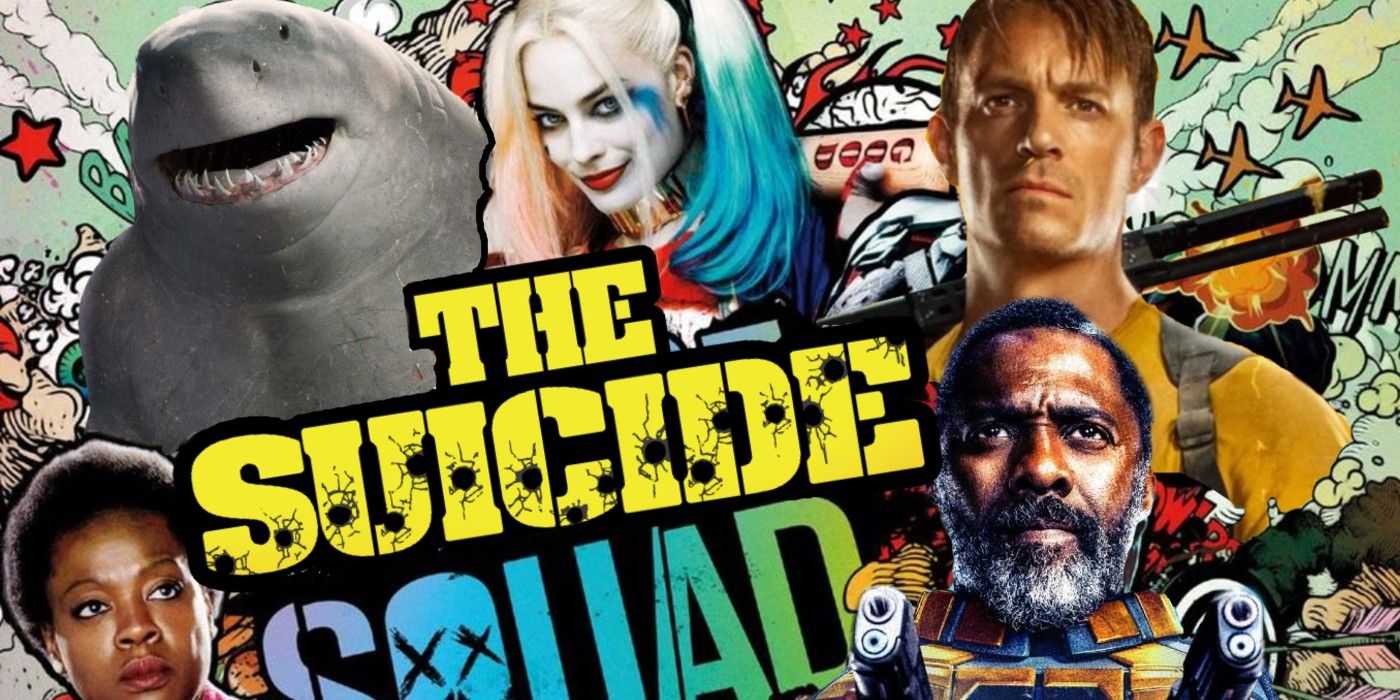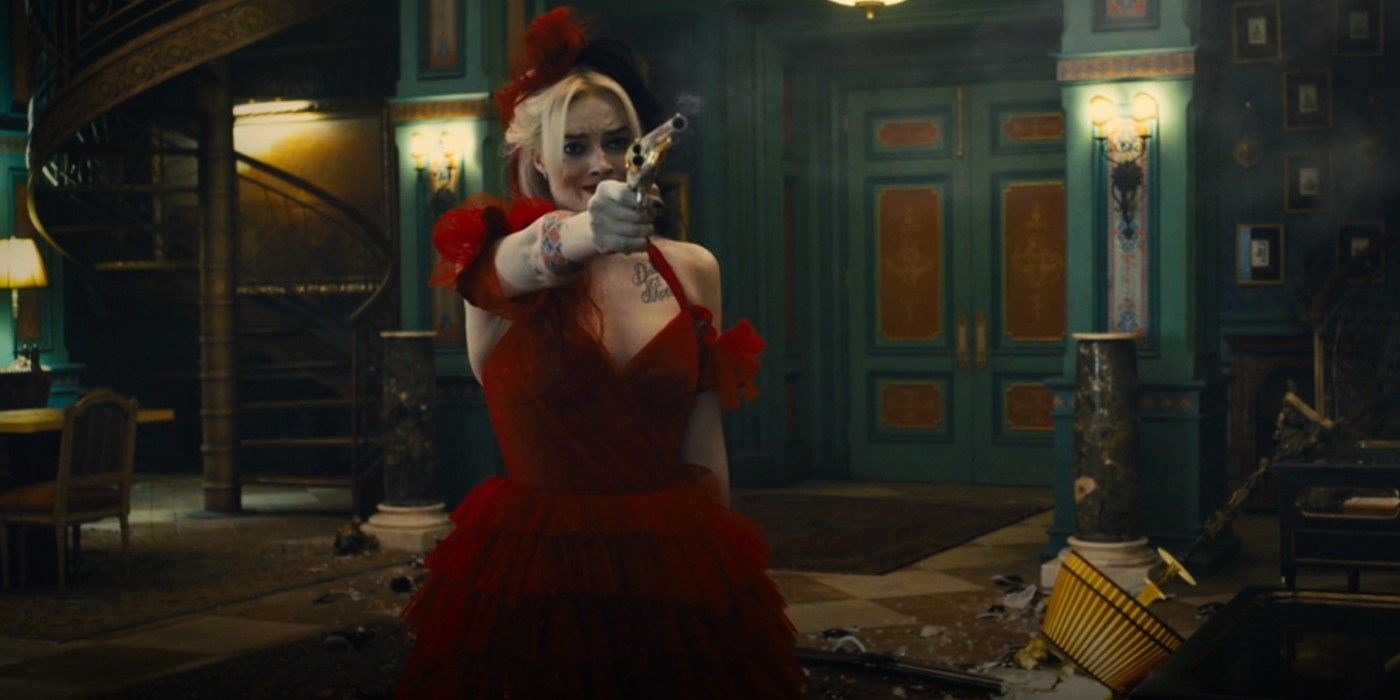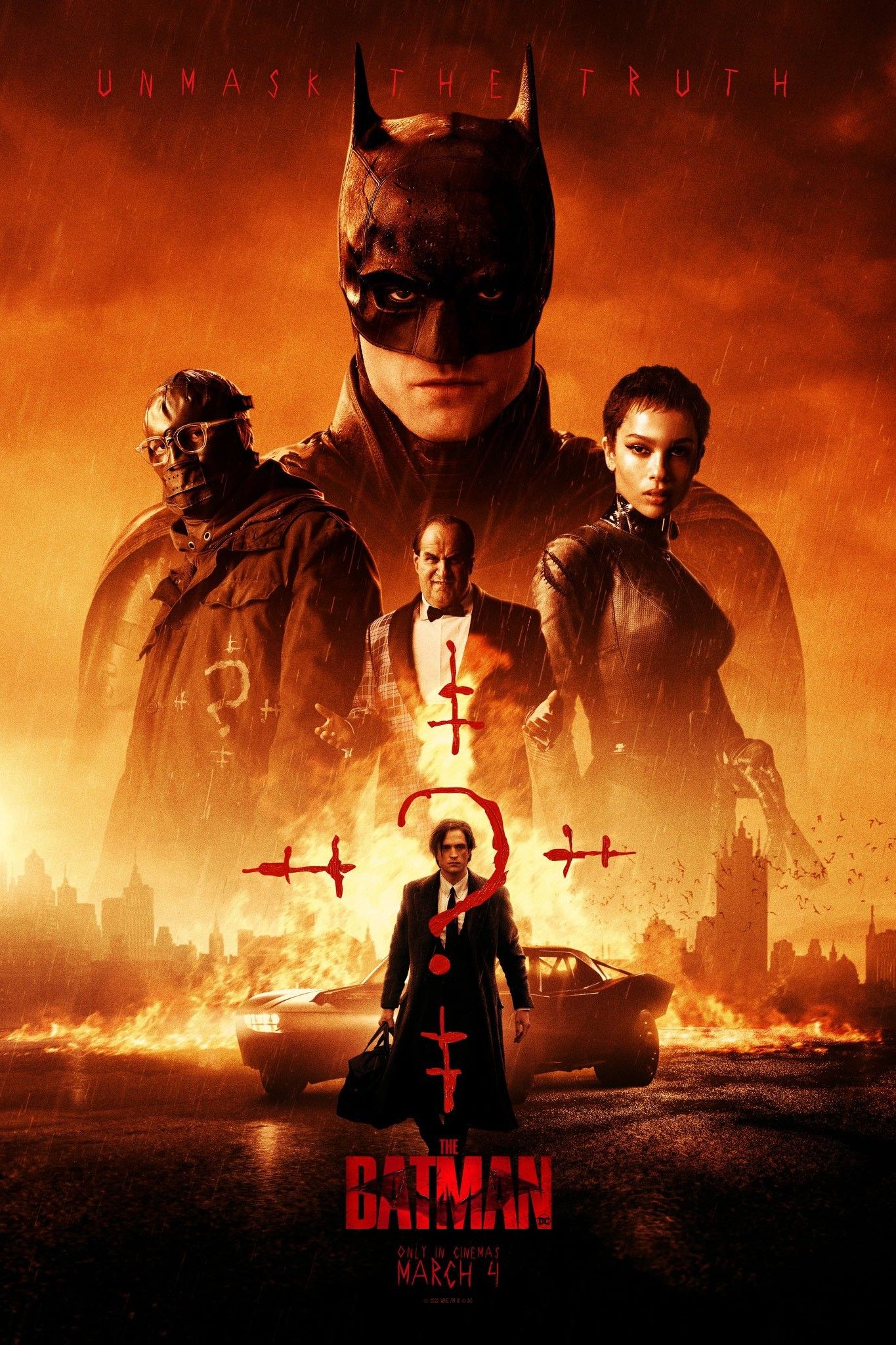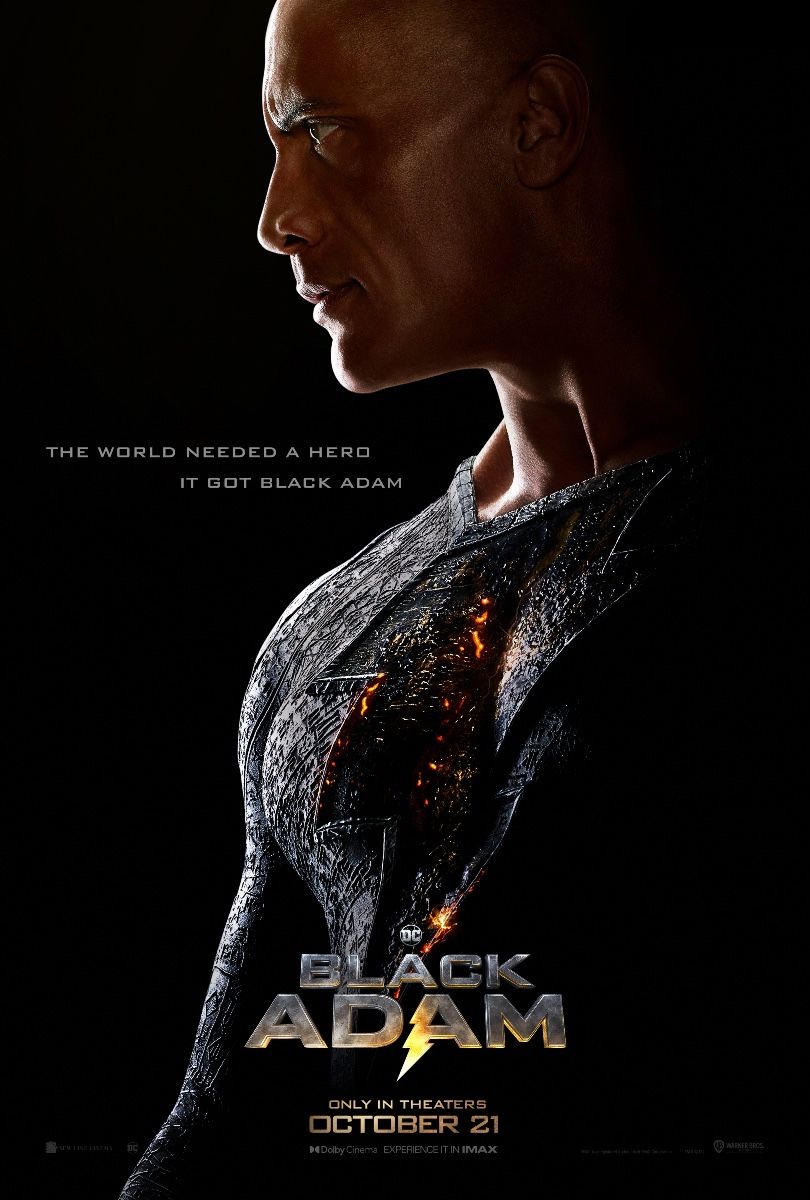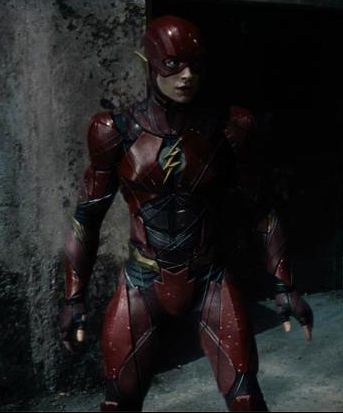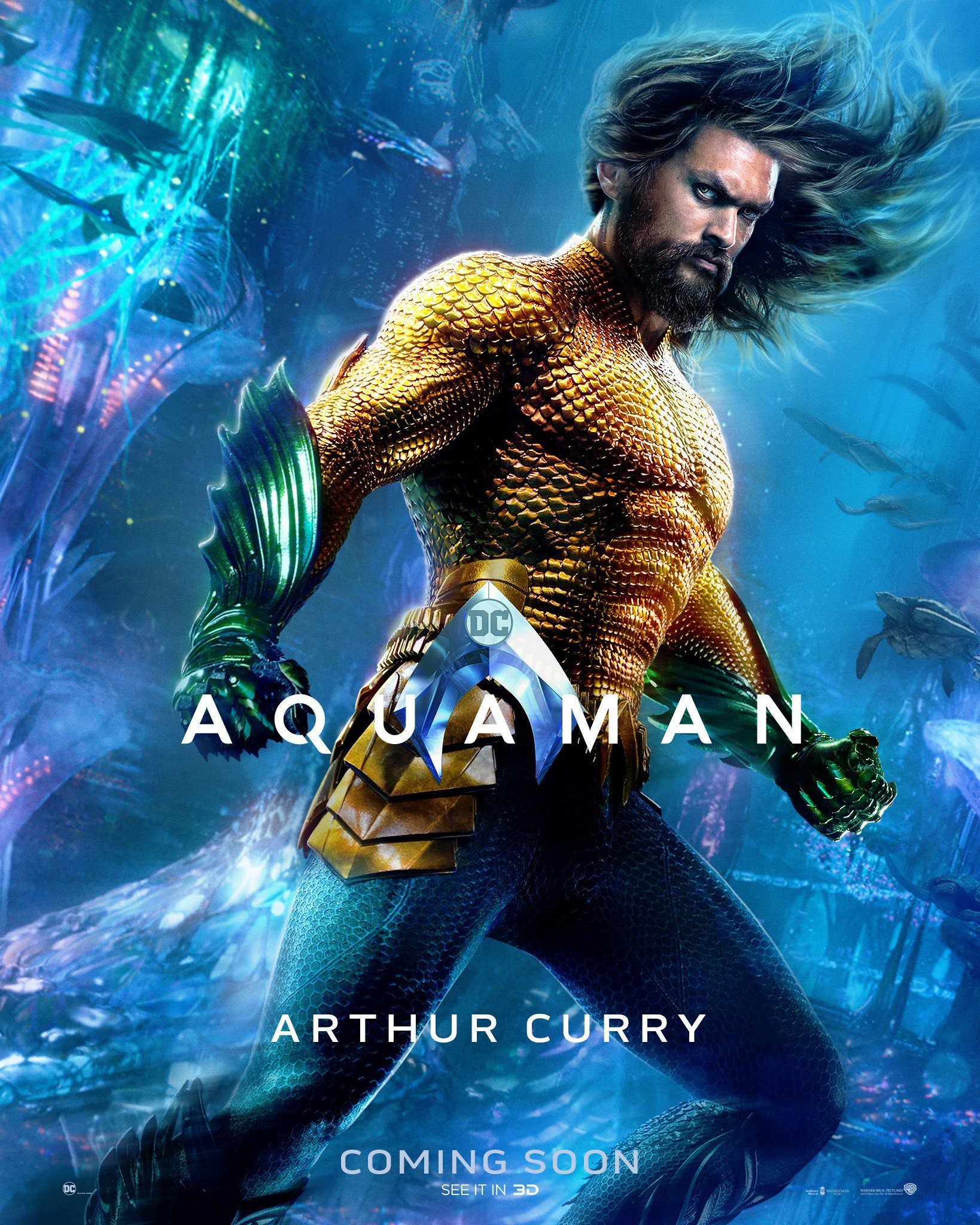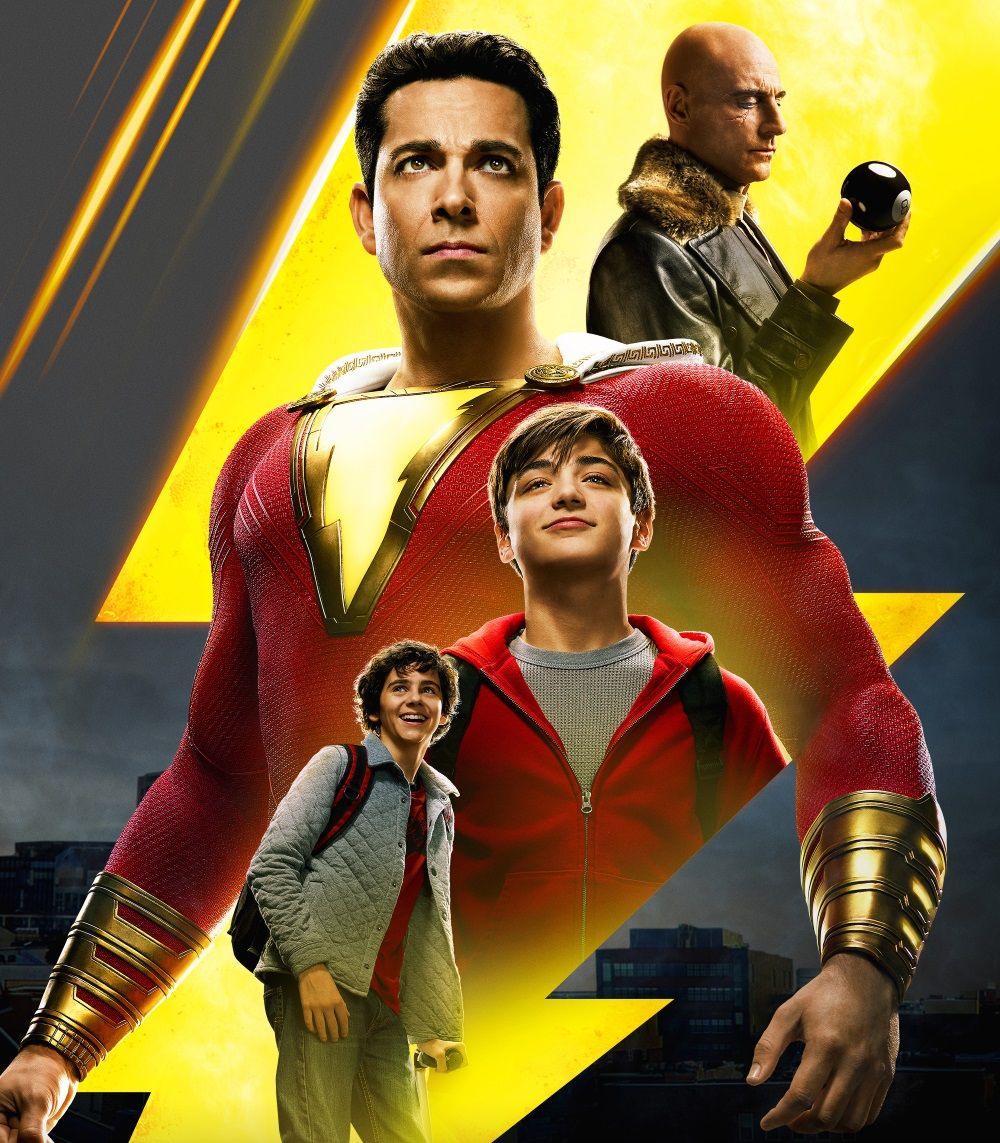While the marketing messaging behind The Suicide Squad has quite firmly stated that it is neither a real reboot or a sequel, James Gunn’s DCEU debut still works as a direct follow-up to David Ayer’s 2016 original. The two Task Force X movies can exist as standalone properties (despite Suicide Squad’s mid-credits tie to Batman), but they also overlap in a surprisingly symbiotic way.
When Ayer’s Suicide Squad was released - or more appropriately when Warner Bros released their approved cut of what he’d filmed - critical reactions stood in open conflict with the audience. The money rolled in, but ultimately, the studio decided against greenlighting a direct follow-up with the original director. In the end, James Gunn became the man to relaunch the series, via a significant MCU controversy and a recent emboldening of the movement to release Ayer’s cut of the original. His promise was of something bold and new despite his own and Warner Bros’ desire to retain some elements from the 2016 continuity.
Despite the fact that those retained elements - characters mostly - also came with the caveat that they were potentially very different and wouldn’t necessarily be the same characters as in 2016's movie, there's nothing to suggest they aren't. Harley Quinn might be different, but that's as a result of growth seen throughout Harley's arc through Birds of Prey as opposed to it just being pulled out of thin air. Fundamentally, the narrative offers nothing to suggest that Viola Davis' Amanda Waller, Joel Kinnaman's Rick Flag, or Jai Courtney's Boomerang are not the same characters who turn up in David Ayer's Suicide Squad. More than that, James Gunn's movie actually offers tangible hints in their dynamic that this is a follow-up mission to the assault on Enchantress in 2016, as well as also doubling down on Harley's past with Jared Leto's Joker.
Boomerang's death in the explosive, bloody opening sequence of The Suicide Squad is somewhat removed from the other no-hoper Task Force X team members, because he's familiar. He's also presented as Harley Quinn's friend - just as Rick Flag is - and Gunn's script goes out of its way to confirm that the trio has worked together before. Flag may have had something of a personality overhaul, but the suggestion is that he, Harley, and Boomer were all on the previous mission and this is just another in a line of missions that also included the events of Suicide Squad in 2016. Gunn may have leaned into the suggestion of his movie being a reboot (even a soft one), but it only really leaves one problematic tie to the original movie unaddressed: the issue of Ben Affleck's Batman.
That after-credits scene, which showed Bruce Wayne threatening Waller with righteous retribution if Task Force X continues to operate has no follow-up in The Suicide Squad, but there's also plenty of logical room to assume that Waller simply got better at keeping that work secret. Given that the Justice League didn't turn up to fight Starro, there's already proof the DC heroes aren't exactly omnipotent. And Batman failing to stop Waller when his focus had been diverted by founding the Hall of Justice and preparing to fight Darkseid or Lex Luthor's Injustice League isn't a huge leap of logic.
More importantly, Gunn has respected David Ayer's movie (or what was left of the Ayer Cut in Warner Bros' final edit) and how Birds of Prey set up Harley Quinn's growth. The dynamic between the returning characters is one thing, but having Harley openly refer to her abusive ex (Leto's Joker) as she takes down short-lived fiance Silvio Luna (Juan Diego Botto) is too loaded a link to past DCEU continuity for The Suicide Squad to count as anything but a sequel.

